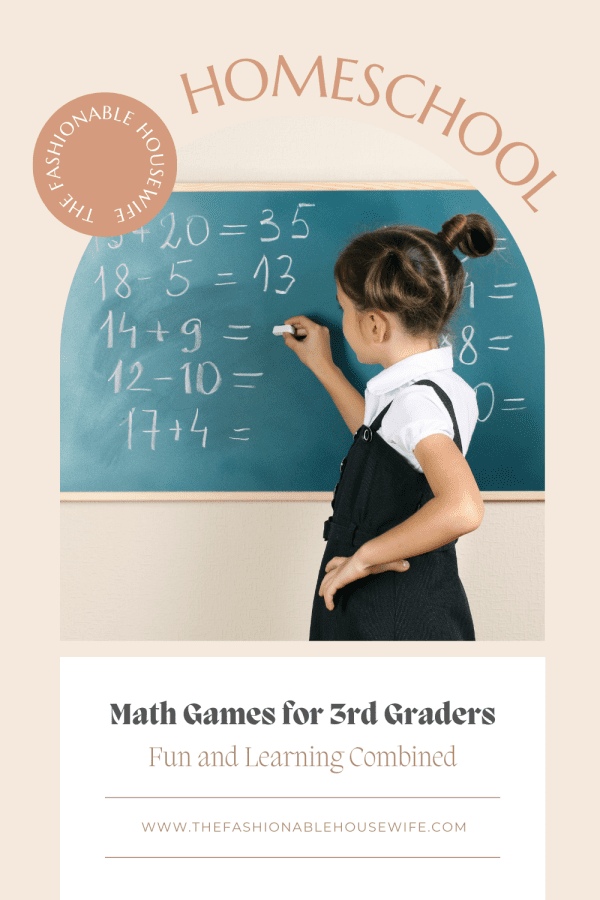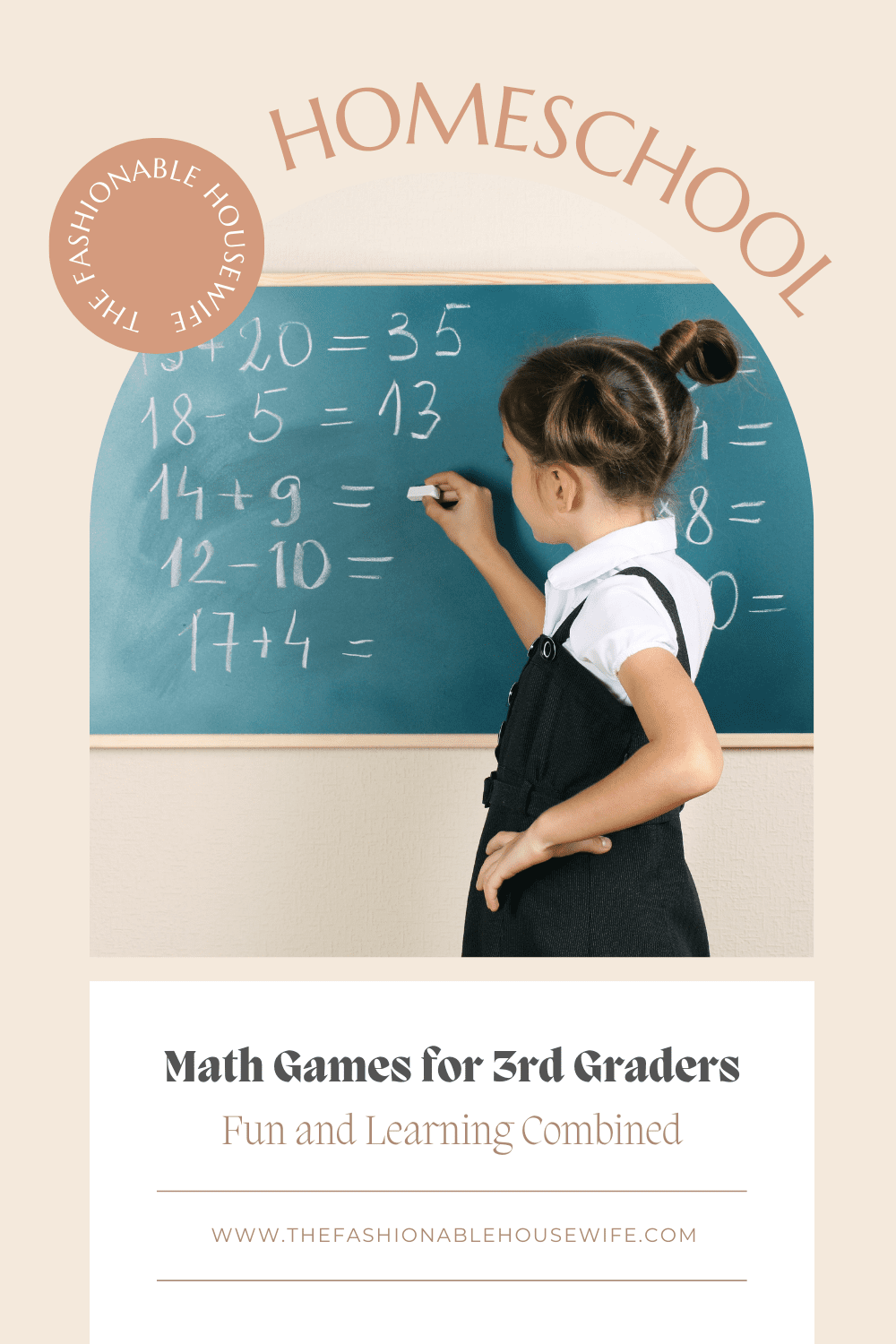Math Games for 3rd Graders: Fun and Learning Combined

Math is a key part of learning, especially for third-grade young minds. It helps kids think logically and solve problems. But, let’s be honest, sometimes math can feel tough or even boring for them. That’s where games come in! By turning math lessons into fun activities, kids can enjoy learning without realizing they’re doing math. This blog will share 10 awesome math games perfect for third graders. These games are fun and really good at helping me understand math better. So, let’s dive in and make math exciting!
1. Fraction War
Fraction War is an exciting twist on the classic card game that introduces kids to fractions in a competitive and fun format. It’s a standout among Fraction Games for 3rd Grade, encouraging players to think quickly and understand the value of different fractions.
How to Play: Remove all face cards from a deck and deal the remaining cards evenly among the players. Players flip two cards each turn, using the first card as the numerator and the second as the denominator to form a fraction. The player with the larger fraction wins the round, and the game continues until all cards have been played.
Understanding fractions can sometimes be challenging for students, especially for younger learners. To make this concept easier and more engaging, online games have proven to be an effective tool for teaching. Platforms like SplashLearn offer a variety of interactive games designed to simplify complex mathematical concepts, including fractions, for children.
2. Place Value Challenge
Understanding the value of each digit in a number is crucial in math, and the place value challenge makes this concept accessible and fun. This game reinforces place value and sets the foundation for more complex arithmetic.
How to Play: Players draw cards and strategically place them to form the highest possible number based on the digit’s place value. The game can be varied by specifying the length of the number to be formed. The player who creates the highest number in each round wins.
3. Measurement Scavenger Hunt
The measurement scavenger hunt takes learning outside the textbook, allowing kids to explore measurement with real-world objects. It’s an adventurous way to understand measurement through practical application.
How to Play: Provide each player with a list of items to find and measure using a ruler or measuring tape. Players must find objects that match the given measurements, such as something exactly 12 inches long. The first to complete their list wins.
4. Fraction Pizza Party
The fraction pizza party game is a deliciously fun way to learn about fractions. Children can visually understand and compare fractions by creating pizzas with different “toppings” that represent fractions of the whole. It’s a creative and tasty approach to math that encourages sharing and collaboration.
How to Play: Use paper plates as pizza bases and cut out various toppings from colored paper. Players create pizzas divided into slices that represent different fractions. The game can involve matching fractions, adding fractions to make a whole, or comparing the size of fractions based on the toppings.
5. Multiplication Bingo
Multiplication bingo transforms learning multiplication tables into an engaging game, making it an ideal multiplication game for grade 3. This game helps children practice their multiplication skills in a lively group setting, promoting speed and accuracy in a supportive environment.
How to Play: Create bingo cards pre-filled with products of multiplication facts. The caller announces a multiplication problem, and players mark the corresponding answer on their cards. The first to complete a row or column and shout “Bingo!” wins.
6. Geometry Shape Construction
Dive into the world of shapes with geometry shape construction, a hands-on game that brings geometry to life. Using simple materials like toothpicks and marshmallows, students can build and explore various geometric shapes, discovering their properties in a tangible way.
How to Play: Provide students with toothpicks and marshmallows or clay. Challenge them to construct geometric shapes like triangles, squares, and pentagons. Discuss the properties of each shape, including the number of sides and angles, and explore more complex structures like cubes and pyramids.
7. Time Telling Race
The Time Telling Race is a dynamic game that tests students’ clock-reading skills. In this fast-paced activity, kids race against each other to set their clocks accurately according to the times called out. It’s a practical and exciting way to master telling time, enhancing their ability to recognize hours minutes, and differentiate between AM and PM.
How to Play: Each student gets a paper clock with movable hands or a small toy clock. The teacher or a designated student calls out different times, and participants race to show the correct time on their clocks. The first to display the correct time scores a point.
8. Money Management Market
Money Management Market is an engaging simulation game that teaches valuable lessons in financial literacy. Students use play money to engage in buying and selling activities, learning to make changes, add, and subtract money in a real-world context. This game reinforces math skills and introduces basic concepts of economy and value.
How to Play: Set up a “market” with various items labeled with price tags. Students use play money to buy items, and the “seller” must make the correct change. This can be rotated so all students experience buying and selling roles, practicing their math and negotiation skills.
9. Area and Perimeter Adventure
Area and perimeter adventure turns the abstract concepts of area and perimeter into a concrete learning experience. Using graph paper, students design their rooms or houses, calculating the area and perimeter to bring their creations to life.
How to Play: Provide students with graph paper, pencils, and rulers. Assign them the task of designing a room or a house, specifying certain requirements for area and perimeter. They calculate the area and perimeter of each room or the entire house, applying their knowledge to a creative project.
10. Skip Counting Hopscotch
Skip counting hopscotch combines physical activity with learning, making multiplication basics more memorable and fun. By hopping through sequences of numbers, students practice skip counting in a lively, outdoor setting.
How to Play: Draw a hopscotch grid on the pavement and number the squares in a skip counting sequence (e.g., by 2s, 5s, or 10s). Students take turns hopping on the squares, reciting the numbers. This can be adapted for various sequences to challenge students at different levels.
These hands-on and interactive math games offer a fantastic way to reinforce key third-grade math concepts in a fun, engaging manner. While offline games provide valuable tactile and social learning experiences, incorporating online math games can also be a great way to diversify learning methods and engage students with technology. Offline and online games can create a well-rounded and enjoyable math learning experience for third graders, making math fun and memorable.


